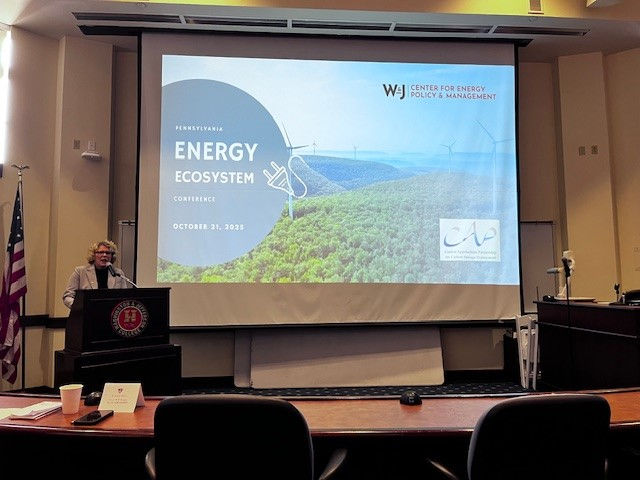Pittsburgh International Airport Microgrid Fuels Reliability, Sustainability Goals
- Linda Ritzer
- Feb 24, 2022
- 2 min read
When officials at the Allegheny County Airport Authority began discussing ways to improve the reliability of electric power at Pittsburgh International Airport in 2017, they had four goals for a microgrid project. In addition to the improved reliability and resilience, the authority wanted to lower the cost of electricity, support its sustainability goals, and support the natural gas industry. The goals have become a reality, as the airport last summer became the first airport in the world to be completely powered by a natural gas and solar energy microgrid, with the natural gas sourced from Marcellus shale wells drilled on airport property. A microgrid is an independent electricity source that can operate autonomously while maintaining a connection to the traditional grid. The project allows the airport to generate 100% of its electricity requirements and will allow the airport to continue operating even if there is a large-scale grid power outage and also save money on energy bills. Three of those involved in the project explained the microgrid system during the Center for Energy Policy’s recent webinar, “First in the World: An Airport That Generates Its Own Power.” “In case of a complete grid power outage, our plant is able to operate automatically in island mode,” explained Tom Woodrow, Senior Vice President of Engineering and Intelligent Infrastructure for the Allegheny County Airport Authority. Five natural gas-powered generators produce 20 MW of electricity, while a solar array built on an eight-acre area that is an old landfill produces an additional 3 MW. The natural gas plant powers the airfield, landside and airside terminals, and a hotel. The solar panels, which are in another area of the property, power ancillary facilities outside the main service facility through net metering. Jamie Habberfield, Business Development Manager for IMG Energy Solutions, which owns and operates the solar component, said that the power from the solar facility is sent to the grid through Duquesne Light, and power is provided by the utility company’s connection to the outlying airport facility meters. Peoples Natural Gas has a 20-year contract to design, build, maintain, and operate the microgrid at no cost to the airport, explained Jeff Nehr, Vice President of Business Development. Natural gas and solar provide a good balance for such systems because when the sun is not shining, natural gas generation can pick up that demand. Woodrow also noted the project’s sustainability features, including a reduction in carbon dioxide emissions of 8.2 million pounds a year over coal-fired generation for power, as well as the use of closed landfill property, which couldn’t be developed, for the solar array. “These projects are becoming more common,” for organizations such as hospitals and school campuses. “A variety of industries are going to be looking at projects like this.” For more information on microgrids, check out the Resources page on the wjenergy.org website, where a recording of the webinar is also available.



Comments